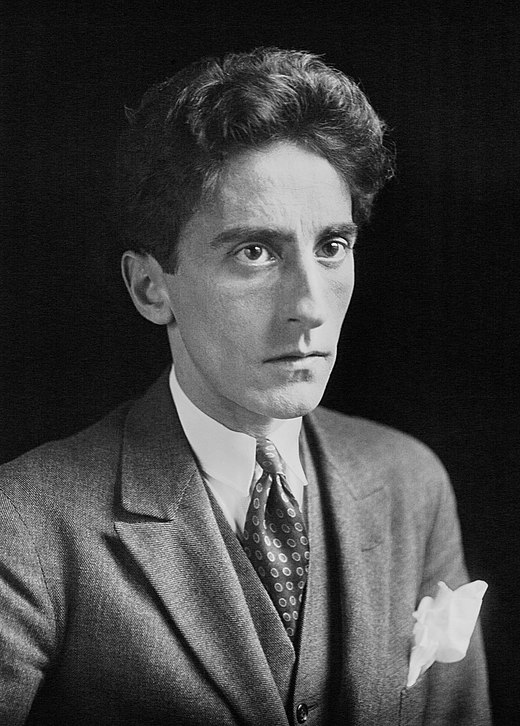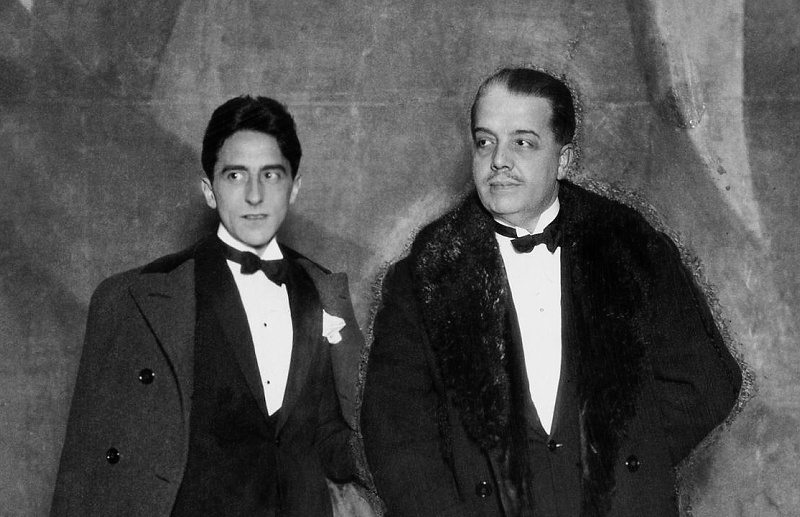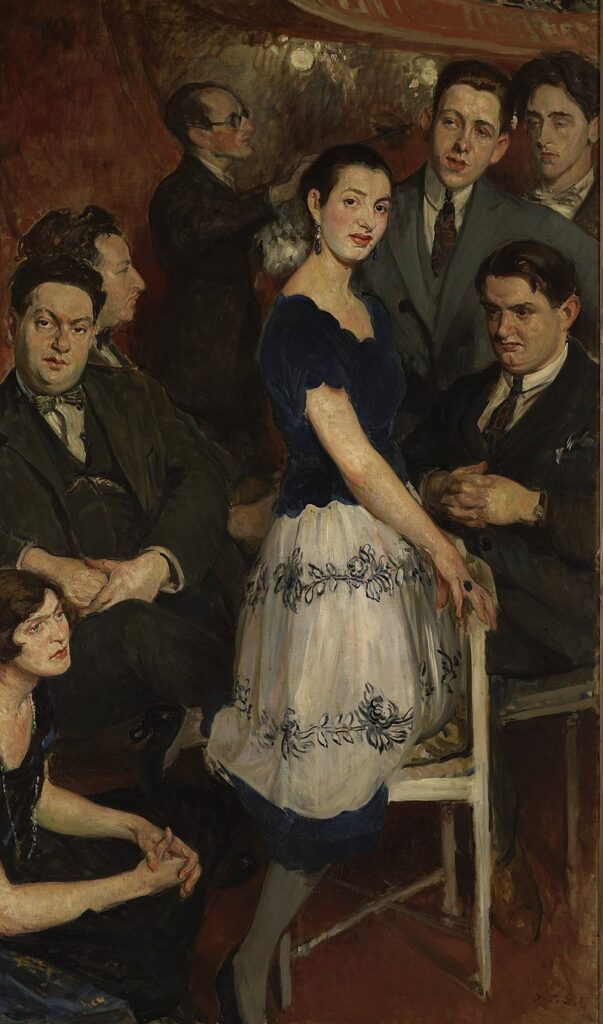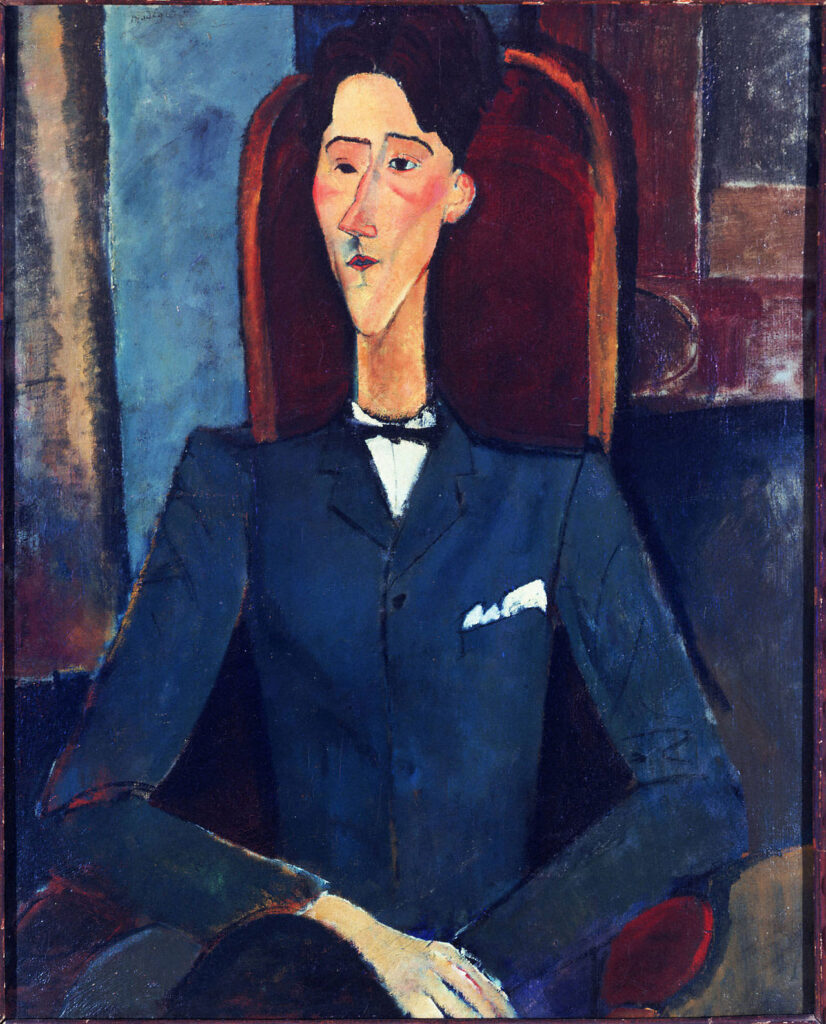Ferdinand Hodler – The Painter Who Revolutionized Swiss Art
Ferdinand Hodler was one of the principal figures of 19th-century Swiss painting. Hodler worked in many styles during his life. Over the course of...
Louisa Mahoney 25 July 2024
Jean Maurice Eugène Clément Cocteau (1889-1963) was a prince of bohème. A significant figure in the European art of the 20th century, Cocteau called himself a poet in the broadest sense of the word: a poet, a playwright, a filmmaker, and an artist. The history of 20th-century art cannot be imagined without Jean Cocteau. In this article, you will get to know him through his theater, music, and cinema.
Jean Cocteau worked in collaborations with prominent representatives of art of the 20th century, such as Pablo Picasso, composers Erik Satie and Igor Stravinsky, and art critic Sergei Diaghilev. He was friends with singer Edith Piaf and author Marcel Proust, for whom he found a publisher. Contemporaries compared Jean Cocteau to Oscar Wilde and with good reason – both refined young men were dandies in their environment.

Photograph of Jean Cocteau, 1923, Galica Digital Library (public domain).
Jean Cocteau’s childhood was filled with art. His father was a lawyer and an amateur artist, and his mother adored the theater; the atmosphere in the family cultivated Jean Cocteau’s interest in art in various forms. However, when the boy was 9 years old he suffered a personal tragedy – his father committed suicide, which influenced Cocteau’s art. The theme of death was a special one. For example, he interpreted death in his play and later in his film Orpheus, personifying death into a woman. Moreover, the subject of the so-called frontier between two realities – an artist and his creations – can be regarded as a core of Cocteau’s mature oeuvre. At the age of 18 he already presented his poems, but poetry was not enough for him. Interacting with the stars of the artistic society of the 20th century, he developed his own view on art.
Art is a marriage of the conscious and the unconscious.
William Fifield, Jean Cocteau, The Art of Fiction No. 34, “Paris Review” n. 32, 1964.
At about the age of 20, in Paris, Jean Cocteau met the famous impresario Sergei Diaghilev. His bright phrase addressed to Cocteau: “Jean, surprise me” made Cocteau die and be reborn with inspiration. Jean Cocteau surprised not only Diaghilev, but the whole of Europe. He began working with Diaghilev’s Ballets Russes: he wrote librettos and painted posters with portraits of dancers Vaclav Nijinsky and Tamara Krasavina. The posters were created in the more geometrical and lineal expressional manner, simple, but at the same time elegant. The Ballets Russes already did not leave the audience indifferent, and with the arrival of Jean Cocteau, they amazed the whole world.

Photograph of Jean Cocteau and Sergei Diaghilev. Operaplus.
In 1917 the premiere of the one-act ballet Parade took place. Jean Cocteau, Erik Satie, Pablo Picasso and Leonid Myasin participated in its creation. It was accompanied by a manifesto entitled L’Esprit Nouveau, written specifically for this ballet by the poet Guillaume Apollinaire, who used the term “Surrealism” in it for the first time in the history of art. On the stage, circus performers “invited the spectators to a performance in a circus tent”. The music contained the sounds of a typewriter, and the costumes were made by Picasso in a cubist manner. The whole performance caused a real scandal and the audience went wild.
It was a completely bold and avant-garde decision – an attempt to find new art forms. Parade was not so much a ballet as it was mime scenes with elements of a circus performance. It was a true Gesamtkunstwerk – a synthesis of the arts: music, scenery, costumes, choreography. Each element interacted with each other and caused a reaction.

Jacques-Émile Blanche, Le Groupe des six, 1922, Musée des beaux-arts de Rouen, Rouen, France.
Researchers note that few artists of the 20th century had such a close and extensive connection with the music and musicians of their time as Jean Cocteau. As already mentioned, he was a close friend of Edith Piaf. He cooperated with Igor Stravinsky, writing a libretto for his opera Oedipus Rex. He also worked again with Erik Satie, whose music he admired. Cocteau met Satie in 1915, he was struck by the composer’s strange and original personality, and it was Cocteau who advised Diaghilev to involve Satie in the production of the ballet “in a new spirit”.
In 1920, Cocteau served as the ideological inspiration for the group of composers The Six, which was called “The five and Erik Satie”. The group existed for only a few years, and the composers wrote music for the Cocteau ballet Les Mariés de la Tour Eiffel in 1921.
The avant-garde revolution, taking place in art through the 20th century, did not miss cinema. In 1929 Luis Buñuel and Salvador Dali produced a surrealistic film An Andalusian Dog. A year later Jean Cocteau created his debut film The Blood of a Poet, the beginning of The Orphic Trilogy.
Paying great attention to Greek mythology, which was the basis of the European cultural code in general, Cocteau placed ancient characters within the contemporary environment. Moreover, he analyzed the figure of a poet and his relations to his oeuvres. The Orphic Trilogy is full of transforming subjects, masks, and mirrors. The episode with going through the mirror refers to Lewis Carroll and his book Through the Looking-Glass. Carroll’s Alice was replaced in Cocteau’s movie by Orpheus-Poet.
If a poet has a dream, it is not of becoming famous, but of being believed.
Jean Cocteau, The Journals of Jean Cocteau, Midland/Indiana University Press: 1964.
Being a multitalented artist and working with different mediums, Jean Cocteau contributed a lot in literature, cinema, painting, and theater. He did not limit himself, which is why his work touched so many -isms of Avant-garde art. However, Jean Cocteau did not belong to any artistic school. In his creative path, he tried to avoid clichés and stereotypes. He created his own myth full of prominent friends, famous lovers and opium addiction. Ultimately, Jean Cocteau was a poet. Poetry was his way of seeing the world, a special language in which all poets express themselves, the highest form of expression through which people can transform the world around them.

Amedeo Modigliani, Jean Cocteau, 1916, Princeton University Art Museum, Princeton, NJ, USA.
DailyArt Magazine needs your support. Every contribution, however big or small, is very valuable for our future. Thanks to it, we will be able to sustain and grow the Magazine. Thank you for your help!